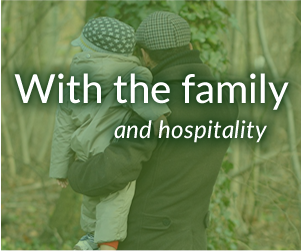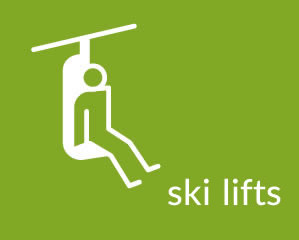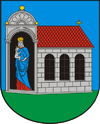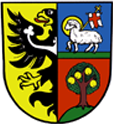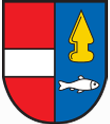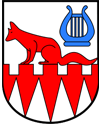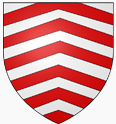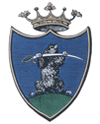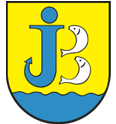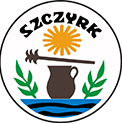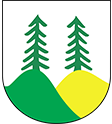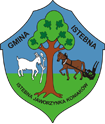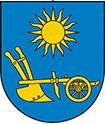Multi-faith of Wisła
The most outstanding feature of social life in Wisła is its multireligious character. The inhabitants belong to a dozen of churches, mostly protestant. It makes Wisła different from all other small towns in our country since a similar multireligiousness is typical for big cities. This phenomenon surprises the tourist while the local people are used to different confessions on both sides of the Olza river (which is the borderline between Poland and the Czech Republic).
The outstanding religious character of the town has been caused by several factors, location of the town was one of it. Wisła was a part of the Cieszyn Princedom but there was little communication with the other parts of the princedom which encouraged Martin Luther’s followers to settle there even in the times when their prince abandoned the Reformation. Under the rule of the Habsburg Family, in spite of counter-reformation, the protestant confession survived, the services had been held deep in the forest (in Wisła on Mount Bukowa) until the Act of Religious Tolerance was passed in 1781. Then the believers were allowed to build a wooden at first and then a brick church. After the construction of the tower it became the main protestant church of Peter and Paul in the town. Today half of the Wisła inhabitants are Lutheran Protestants.
Hard living conditions in the mountains led to emigration and frequent contacts with other nationalities. Thanks to them the protestants from Wisła were able to read: the Bible from Gdansk, the priest’s posture of Samuel Dambrowski or the song book of Jerzy Trzanowski. The first protestant pastors came to Wisła from Slovakia (it was then a part of Hungary) and some of them were of German origin. At the end of the XIX century the town was ‘discovered’ for the Polish intelligentsia by a protestant and a son of a protestant pastor – Bogumił Hoff. The rapid development of the town resulted also in the religious area. In the beginning the number of Roman Catholics was very small but later on in the inter – war period the first chapel was opened and then in 1957 the first Roman Catholic church was built. Today there are about 2.400 Roman Catholics in Wisła.
Just before the First World War some new protestant confessions came to Wisła where they were eagerly welcomed. They were the result of various interpretations of the Bible and their most accepted features were: universal priesthood, a very big theological independence and recognition of individual leadership qualities. The effect of the popularity of the new confessions was that several groups of believers left the Protestant Church and some new churches appeared in Wisła. The first ones were: the Seventh –day Adventist Church and the Pentecostal Adventist Church. In the inter- war period some more confessions came into being: Baptists, Free Christians and Jehovah’s Witnesses. There were further divisions in some of the churches and that is why today there are more than a dozen officially registered churches and religious groups although not all of them have a separate church house. So far no socially harmful sects have been noticed in Wisła though some of the churches are not treated as Christians because they question the dogma of the Holy Trinity.
There were few Jews in Wisła before the Second World War but none of them returned to the town after the war. Nevertheless, they are still remembered and respected in Wisła for their contribution to the development of the town. The time of some fascination with spiritualism and occultism in Wisła is definitely over today. In the inter-war period Wisła was the centre of so-called ‘higher spiritual knowledge’ where some magazines and books concerning the problem were issued. These ideas still arise some interests and controversies in Wisła due to higher religious sensitivity of its inhabitants.
Literature:
Zbigniew Pasek: ‘Patched up beauty – an outline of the Christian spirituality‘ Kraków 1999
‘Religious relations in the Cieszyn Silesia from the Middle-Ages up to the present time.’ Ratingen 2000
Renata Czyż: ‘Guarding the faith of the fathers. A guidebook on religious communities in Wisła’ Wisła 2004
Renata Czyż, Zbigniew Pasek: ‘Churches and religious communities of Wisła’ (Wisła Monograph vol.3) Wisła 2008

